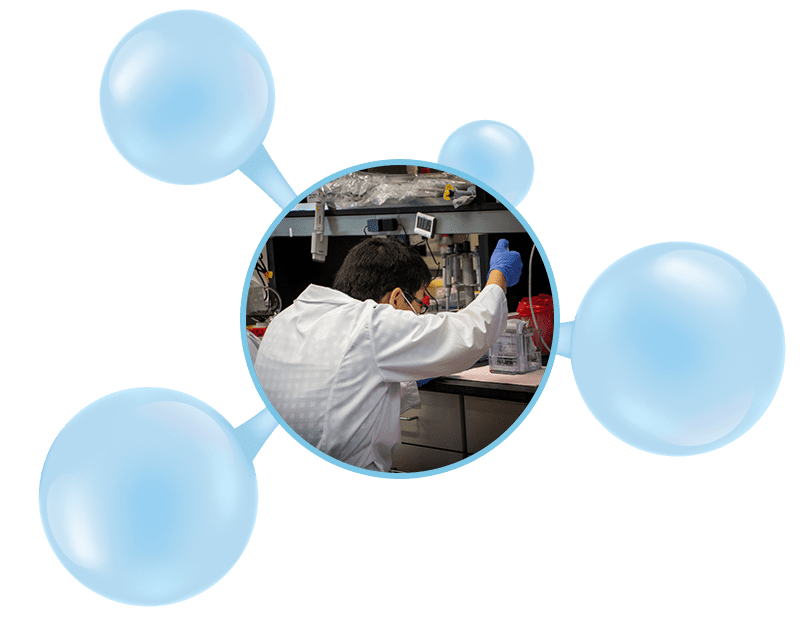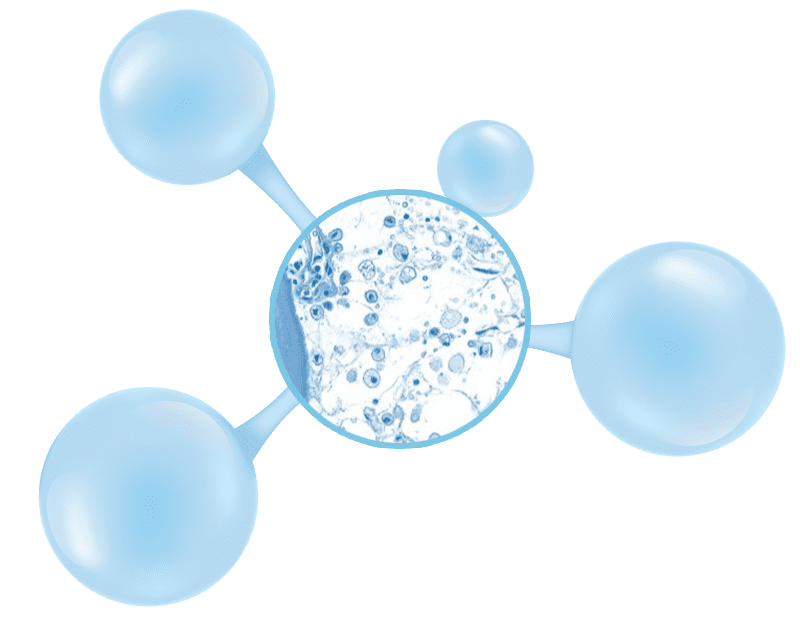Enzyme Replacement Therapies (ERTs)
What are Enzyme Replacement Therapies (ERTs)?
Enzymes are proteins (large biological molecules) that carry out biochemical reactions for the thousands of metabolic processes that sustain life. ERTs are enzymes that are manufactured outside the body using specially engineered cells that are administered in individuals affected by the disease to supplement the deficient biological activity.
An ERT is a medical treatment wherein a specific enzyme is given to patients who suffer from chronic conditions resulting from that enzyme deficiency or malfunctioning of that enzyme. The most common conditions treated by ERTs are lysosomal storage diseases (LSDs).


Why Are Enzyme Replacement Therapies Effective in Treating LSDs?
LSDs are caused by a deficiency in an enzyme. These rare, chronic, inherited diseases develop when enzymes are either missing or not working properly inside the lysosomes. Lysosomes are where the breakdown of proteins and other macromolecules occurs in the body. When cells are not able to break down these molecules, various symptoms and conditions develop, often with serious consequences on a person’s daily life.
The U.S. Food and Drug Administration approved the first ERT in 1991 for the treatment of patients with Gaucher disease. ERTs have been effective to date in managing signs and symptoms of some of the LSDs because this technology is able to replace the enzyme that is not working properly or is missing, with one that is working properly. ERTs require specialized carbohydrate structure called mannose 6-phosphate (M6P) that enable binding to M6P receptors on cell surfaces for uptake into cells and delivery to lysosomes.
What Makes Our ERTs Different Than Current Therapies?
With our S1S3 co-expression platform technology, we create lysosomal enzymes that have increased levels of M6P which improves their ability to bind to the M6P receptor (the pathway to the lysosome), leading to improved biodistribution and lysosomal uptake of ERT.
Our technology platform produces a next generation approach with advantages over the first-generation ERT therapy approach:
We engineer our ERTs to have high amounts of M6P, which may enable better targeting to lysosomes, which can result in increased efficacy across more tissue types and potential first-in-class therapies for untreated diseases and best-in-class therapies for diseases with a treatment option.

